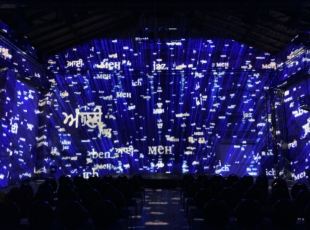The digital and the arts, a creative combo to the power of 100,000 (Euros)
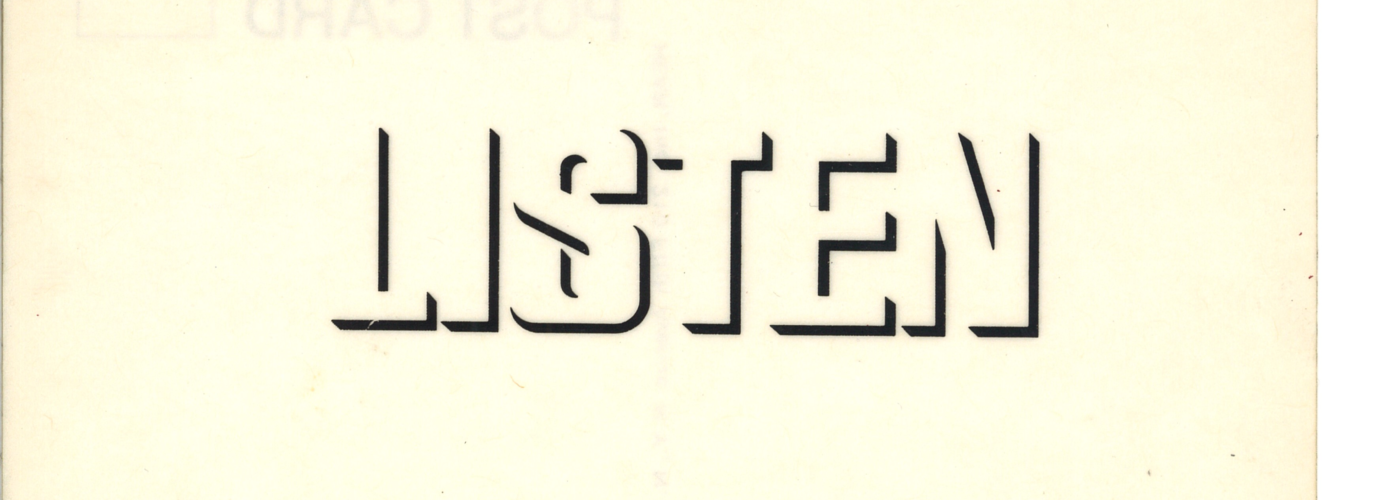
Article author :
‘But is it art?’ The 100,000 Euro question. Responses to it are necessarily subjective owing to the fact that each person has their own perception of what an artwork consists of. And if we add to that the digital dimension, well, then people start to lose their heads. Whilst for some the digital is merely the logical evolution of artistic practices, for others it means the death of creativity and technique.
Before we even get round to disproving this second hypothesis, which supposes that the digital involves a levelling down, we will, first of all, explain what the digital arts are.
To understand the concept better, they must be seen as a cascade: first of all, the digital arts define the artistic practices which use the digital either in the creation, the production, the experience or the distribution. Next, artistic practices are forms of expression which lean on art. And the arts are grouped into 10 different categories (even though before writing this article we thought there were only seven. There you go.)
In no particular order, we have:
- Architecture
- Sculpture and ceramics
- Visual arts such as painting, drawing, engraving, calligraphy, tattooing
- Literary arts, including poetry
- Performing arts such as dance, theatre, circus, mime, magic and comedy, etc.
- Music
- Cinema (hee-hee! Putting it in seventh place wasn’t even done deliberately)
- Media arts, such as photography, television or the radio
- Comic strips
- Multimedia arts, for example, the most widely known, video games.
The digital arts are therefore all these art forms which in one way or another use developments in informatics and thus technologies to produce, innovate or memorise and distribute works.
Even though the digital, unlike the analogue, is a binary language, it must here be understood first and foremost in its format aspect: photograph, sound, video, hologram, projection, augmented reality, virtual reality, 3D printings, etc.
Consequently, when you combine all of that, you become aware of (or perhaps you don’t) the number of digital arts possible.
To go beyond the basic use of a tablet for drawing, for example, we have decided to focus on 5 forms of digital art by means of quite fabulous examples which will demonstrate that the use of the digital in no way diminishes either creativity or technique. Quite the contrary.
1. Sound art
It is often the case that this form of art is interdisciplinary, by which is meant that it combines perfectly with other arts, and very often it is the image-sound pairing which is more widely known. But here we will attempt to address it in its individual aspect, considering sound more as a material of creation rather than a medium, or even a vector.
In other words, instruments, concerts and performances are all part of the sound art family. But certain works are even more unique: they are called acousmatic because they offer you nothing which can be seen.
On this subject, people typically foreground the genius of Max Neuhaus in 1966, launching an engaged active listening project, which took several forms. Amongst others (1979), he wandered the streets of Brooklyn, handing out postcards on which were written just a single word: Listen! An authentic ode to listening to background noise (and simultaneously a critique of a modern society engulfed by the sound flows of cars, industries and the din of a capitalist city).
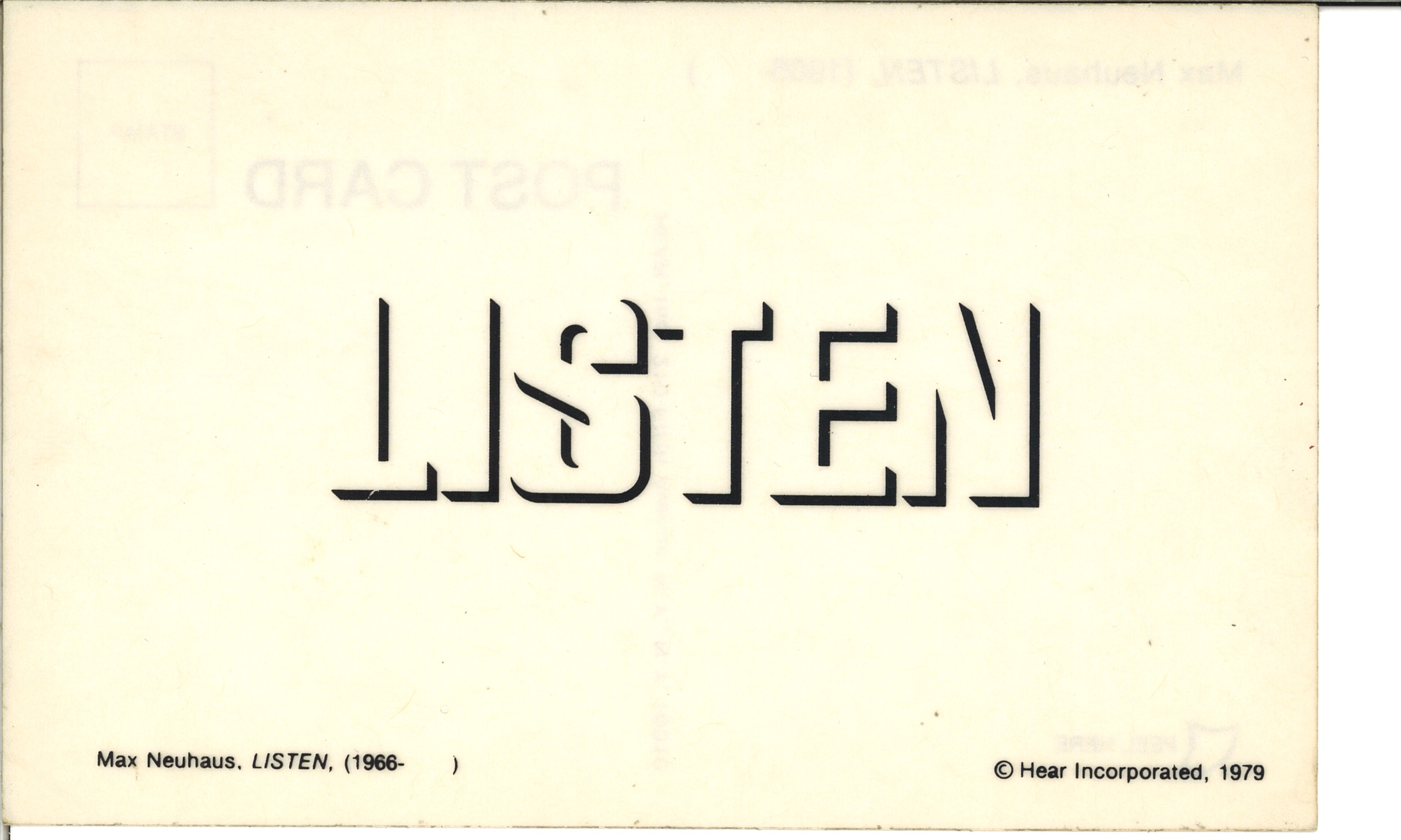
More recently, we might talk about two works in particular: first of all, Sonic Loft by Alexandra Dementieva. In this case, what is involved is a play area in which the floor is covered by, on the one hand, a sound-absorbing carpet and on the other interactive objects which are activated by the touch of the public. Next, Untitled (infinite sounds) by Ann Veronica Janssens, which consists of two loudspeakers facing each other broadcasting superimposed sounds. The spatial arrangement gives spectators the impression of free fall if they place themselves at the centre of the installation with their eyes closed. Vertiginous.
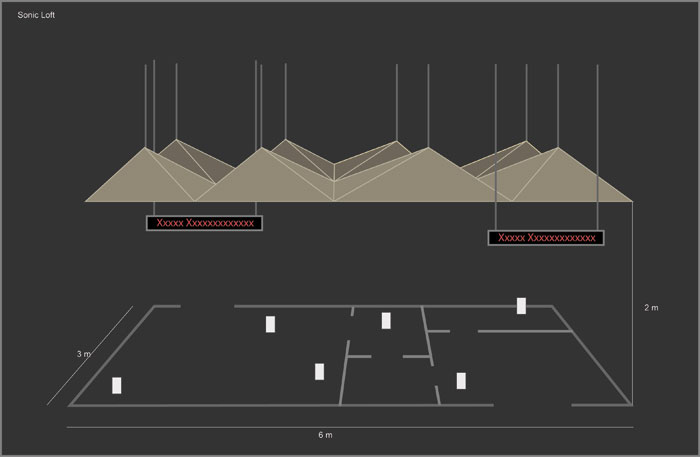
2. DIY art
Not to be pronounced ‘dihi’ but indeed D.I.Y. in English, as in Do It Yourself. This art, very often likened to détournement art (meaning ‘rerouting, hijacking’ in French), is also often associated with electronic art. And as everybody knows (or doesn’t), electronics processes 3 types of signal: analogue, digital and power. And guess what, from that emerge works such as Scenocosme, which brings together Grégory Lasserre & Anaïs met den Ancxt. Out of all their installations, Souffles is a good example. It consists of a collective work in which the breathing of the audience allows layers of video to be revealed. In the same way that Urban Lights Contacts is an interactive, tactile and collective work which appropriates a public space and illuminates the façade of a large building. This example is very representative of DIY combining with the electronic: a person is invited to place their hand on a ball, but nothing happens. Yet when their hand comes into contact with other skins, signals are activated and produce light and sound variations.
3. Bio art
We discovered this artistic practice at the Pavilion, in Namur, as part of the Biotopia exhibition. Bio art is the art of the living tissue. The artists work living matter to create an artwork from it and very often, as in many artforms, the intentions and social considerations behind are powerful.
The exhibition offered a stack of bio artworks but the one which grabbed our attention completely was, you won’t be surprised to hear, an installation combining bio and … sound! Zimoun, a Swiss artist, stopped us dead in our tracks with his work consisting of 25 woodworms, a piece of tree bark, a microphone and a headset. At first glance, standing in front of this glass box, we were a bit dubious. It is only when the device is placed over your ears that you hear the noise of 25 woodworms. In addition to rendering the invisible audible, what is fascinating is the way the living eats and transforms the wood.
4. L’art génératif
We move forwards with generative art, or algorithmic art (this hackneyed word we are hearing everywhere at the moment). We had intended to provide you with a summary of our reading about this practice, and then we happened upon the perfect definition.
‘Generative software art,’ as it is usually understood today, is an artistic practice which uses mathematical algorithms to automatically or semi-automatically produce expressions in more conventional artforms. For example, a generative programme could produce poems, images, melodies or animated films. Usually, the goal of such a programme is to create different results each time it is run. And generally, it is hoped that these results will have an aesthetic value and that they will be distinct from one another, in interesting variants.
See, didn’t we tell you it was an excellent definition?
Mario Klingemann has developed and nurtured an artificial intelligence to create a never-ending stream of portraits. Memories of Passersby consists of a piece of wooden furniture in which ‘the AI’s brain’ has been placed, connected to two large screens which broadcast paintings influenced by the art movements of the 17th and 19th centuries.
The fluidity of the movement gives the work quite a frightening but totally hypnotic aspect.
In a much more amusing register, let’s talk about Shimon, the robot musician. By drawing from a database of 5,000 songs and several thousands of pieces of music, it is capable of improvising a jam session with human musicians. And, the icing on the cake, these 4 arms allow it to produce sounds which would be impossible for our two upper limbs to create. A totally mind-blowing example at Utrecht.
5. Video game art
The question here is not whether a video game is an artwork (yes). That’s another debate entirely. But we will all the same throw out there an observation made by Vincent Mauger, a lecturer at Laval University, Canada: ‘a video game can produce works of art, but the video game industry is not necessarily an art industry.’ Away you go. You have two hours.
In video game art, the idea is to detect the media criteria (visual, sound, cinematic, etc.) of a video game and transpose them to other artforms. We have in mind the excellent music video made by Bjork, Notget VR, but also the more widely known pixel art. And, to go off the beaten track, why don’t you try out Conway’s ‘Game of Life’?
It consists of a game, to start with, repurposed to create video game art. Using an online platform https://playgameoflife.com, it is possible to produce VG art, bearing in mind that 4 principles need to be taken into account.
- A live cell dies if it has less than two living neighbours.
- A live cell survives if it has two or three living neighbours.
- A cell dies if it has more than three living neighbours.
- A dead cell with exactly three living neighbours becomes a live cell.
And when you are really proficient at it, this is what you get:
A story, projects or an idea to share?
Suggest your content on kingkong.
also discover

From Belgium to Japan, the new territories of creative digital creativity
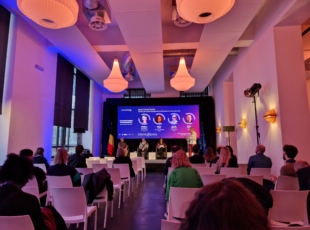
Stereopsia, the key European immersive technologies hub
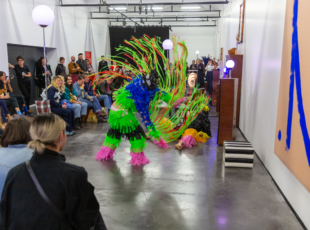
The Centre Wallonie-Bruxelles: a billion blue blistering harmonies
